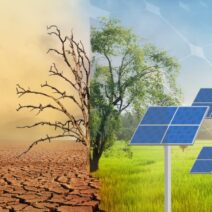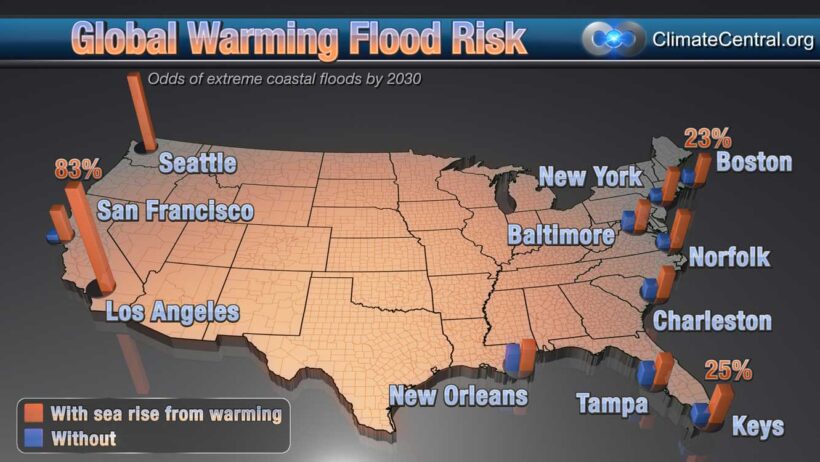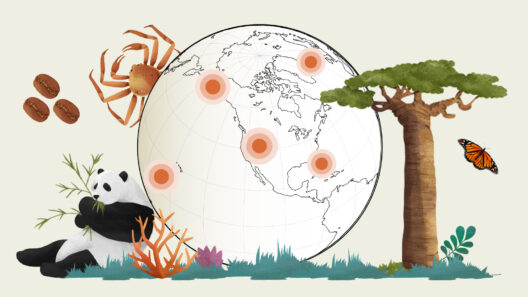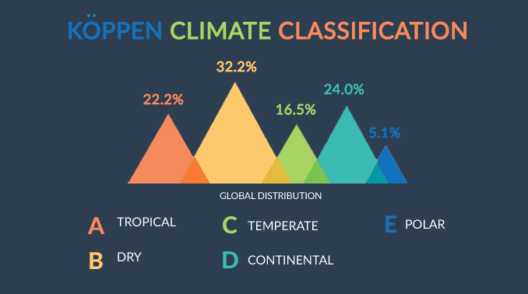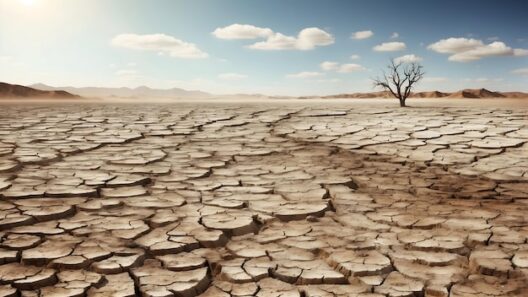Seattle, a city cradled by mountains and the shimmering waters of Puget Sound, embodies a juxtaposition of natural splendor and urban innovation. Yet, beneath the façade of this emerald gem lies an unsettling truth: the inexorable advance of global warming is reshaping its shores and threatening its very essence. The city’s unique geography, often described as a playground for nature enthusiasts, is now evolving into a harbinger of climate change, prompting an urgent need for awareness and action.
As temperatures continue to rise, the trajectory of sea level is also on an upward spiral. This seemingly linear progression has profound implications for Seattle’s coastal landscape. The low-lying regions of this vibrant city, which have long served as a buffer between land and sea, now find themselves at the mercy of encroaching tides. With projections indicating a potential rise in sea levels by several feet within this century, the picturesque views from Alki Beach could morph into mere memories. The saltwater creeping into the city’s heart represents not just a physical alteration of the shoreline but an existential threat to the lifestyle and culture that define the Seattle community.
Imagine a kaleidoscopic sunset over Elliott Bay, where the radiant hues reflect off the water’s surface, casting an ethereal glow. It is this beauty that draws countless visitors and residents alike. However, the unanticipated consequence of climate change is akin to a thief, stealthily robbing the city of its iconic vistas. Coastal erosion and flooding are no longer just distant threats; they are imminent realities that loom ominously over the metropolis. City planners and environmentalists are increasingly grappling with what it means to preserve not just a geographic footprint, but the very spirit of Seattle.
The infrastructure of Seattle, resilient as it may be, is not immune to the tides of change. Roads, parks, and neighborhoods that once thrived along the waterfront are now being scrutinized. Facilities such as the Seattle Aquarium and the Seattle Waterfront must strategize to protect their properties against saltwater intrusion and rising levels. The Seattle Waterfront Revitalization Project, aimed at transforming the waterfront into a community hub, is especially poignant in this light. It highlights a proactive approach to reclaiming public space while nurturing an awareness of ecological sustainability. As the city reinvents its coastal interface, it must weave together innovation and preservation, ensuring that future generations can still marvel at the intricate dance of water and land.
Another dimension of this discourse rests within the local ecosystem itself. Seattle’s brackish waters are teeming with life, from the resident orca pods to the elusive salmon that navigate these waterways. However, as temperatures rise, the very balance of these ecosystems is disrupted. Increasing water temperatures threaten marine species, leading to a ripple effect that disrupts the food chain and alters the traditional fishing practices that have long supported local communities. The loss of biodiversity becomes a clarion call; a reminder that every organism plays a pivotal role in maintaining ecological equilibrium.
Moreover, the burgeoning awareness of these environmental realities has forged a community of activists and innovators committed to combating climate change. Initiatives abound, from grassroots movements advocating for renewable energy to urban gardens that cultivate a connection with sustainable practices. Seattle’s vibrant tech scene has also embraced this challenge, birthing startups dedicated to devising smart solutions that mitigate environmental impact. In this tempest of creativity, a concerted effort is emerging to redefine what it means to inhabit a coastal city in an era of global warming.
As residents traverse the city, they bear witness to the tangible signs of change. The once vibrant beaches, now marred by unpredictability, confront the community with stark realities. King tides wash away cherished landmarks, and seasonal storms wreak havoc on the shoreline. Yet, within these challenges lies an opportunity for resilience. Seattle’s identity has always been one of adaptability and fortitude, and as the waters rise, so too does the indomitable spirit of its denizens. Together, they navigate strategies that blend ecological understanding with cultural heritage, fostering a sense of stewardship that will transcend generations.
In recent years, the collaboration between scientists, policymakers, and citizens has fostered a renewed understanding of climate dynamics. Research institutions are rigorously studying the implications of sea level rise, providing invaluable data that drives informed decision-making. The establishment of community forums has allowed citizens to voice concerns, suggest solutions, and engage in discussions that bridge the gap between science and everyday experience. Herein lies the heartbeat of Seattle—an engaged populace that recognizes the stakes and the urgent need for collective action.
Ultimately, Seattle’s shifting shores stand as a metaphor for the broader narrative of climate change. The city’s vibrant landscapes are increasingly marked by the complexity of human impact and the intricate web of ecosystems that define its coastal environment. Seattle’s picturesque skyline, nestled against the backdrop of tumultuous tides, becomes a powerful reminder that the future is inextricably intertwined with the health of our planet. The interactions between land and sea serve as a clarion call; they urge every stakeholder to prioritize sustainable practices, advocate for policies that mitigate climate impacts, and nurture the fragile ecosystems that sustain life.
In conclusion, as Seattle contemplates its coastline’s future, it faces an imperative journey—one that demands innovation and collective responsibility. The metaphorical ebb and flow of the waters mirror the city’s journey through this tumultuous time. With resolve, creativity, and an unwavering commitment to preserving its unique heritage, Seattle can emerge not just as a coastal city altered by global warming, but as a beacon of hope for sustainable urban living in an uncertain age.

